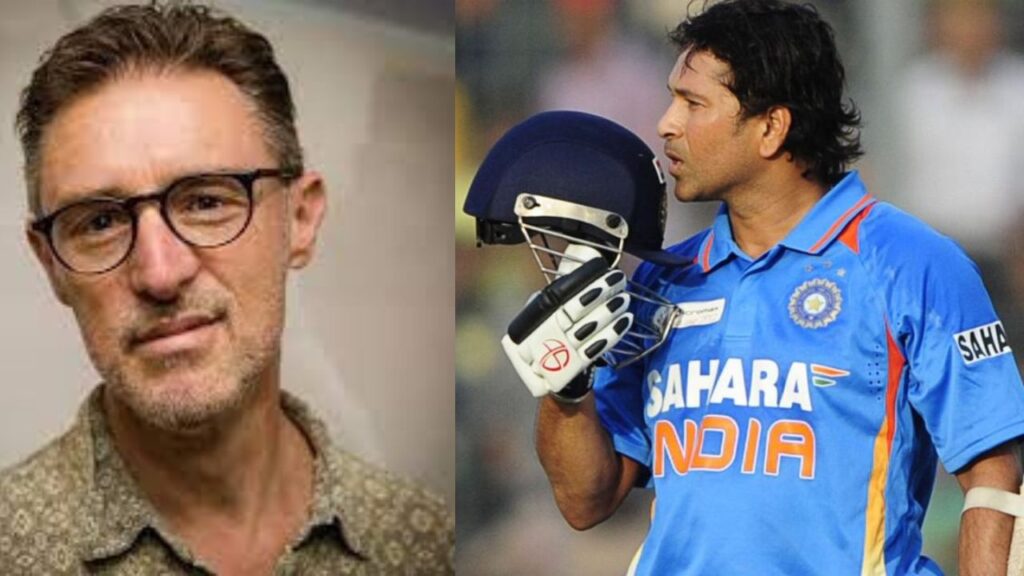
For all that we heard it 264 times in international cricket, it arrives with a jolt. In our mind’s eye, players tend to remain fixed, unchanged and unchanging.
Tendulkar had a certain immutable quality, regularity reinforced by his role: 84 per cent of his Test innings began at the fall of the second wicket, at which he emerged unfailingly as a cuckoo in a clock announcing the hour. Not for him, the modern cricketer’s endless prating about the role (‘Everyone knows what their role is’; ‘I’ve discussed my role with the coach/captain/selectors’). Tendulkar grasped his role instantly: his role was to be great.
Still, 50 is 50. And Tendulkar was so young for so long. I first saw him, aged 17, in the Lord’s Test of 1990—too young to vote, to shave, and tiny, a sporting cherub more closely resembling a jockey than a cricketer. Under that helmet, though, a hard head, as I came to understand at Old Trafford, where his century righted a listing team after his elders had failed. Part of him remained that cool-headed, warm-blooded boy too. To the end of his career, he retained a youthful passion for the game, blending into every training session as though it were his first. You studied him for signs of boredom, of fatigue, of satiety.
The 100th Hundred Was the Most Difficult: Sachin
Nope, nada, nothing doing. Had it been possible, you felt, Tendulkar would have played forever; as it was, it only seemed like he did.
50 then—which means that a good many years have passed since the feats that built his stature.
The elapse of time has historicised those feats also. Of course, Tendulkar was half as old when he propelled India to victory in the 1998 Coca-Cola Cup with 134 from 131 balls in Sharjah, having helped them qualify for the final with 143 off 131 balls two days earlier. He had been 18 during 1992’s Perth Test when he plucked 114 from India’s wrecked first innings; Sachin would be 30 when he dropped anchor in 2004’s Sydney Test, famously abjuring the cover drive for 10 hours as he accumulated an unbeaten 241.
Tendulkar’s 150s in the 2007–08 Border–Gavaskar Trophy came when he was 34, and whole generations had moved on since his debut, but he had not. Even then, the Indian Premier League was appearing on the horizon, over which he pronounced a kind of benediction by playing in the half dozen seasons, even if the format always seemed a little small for him, like trying to compress Mughal-E-Azam into a half hour with advertisements or the Mahabaratha into a haiku.



